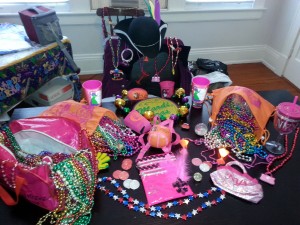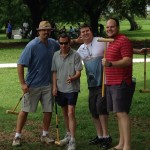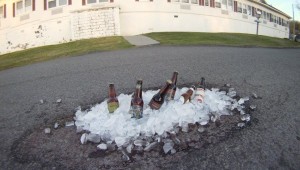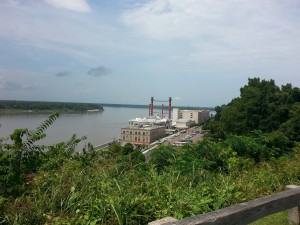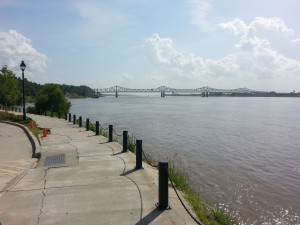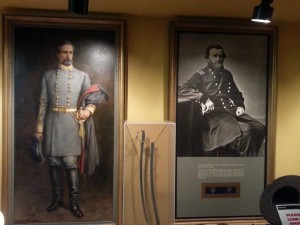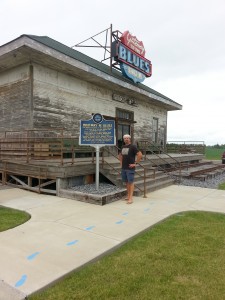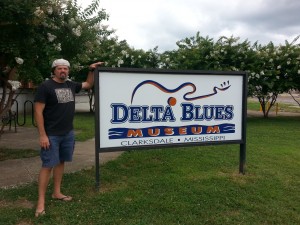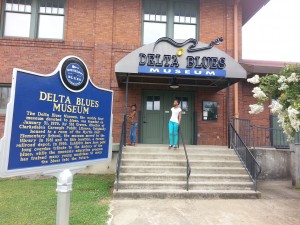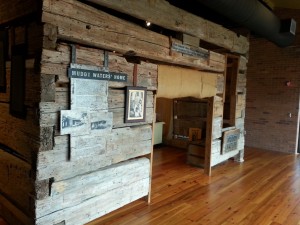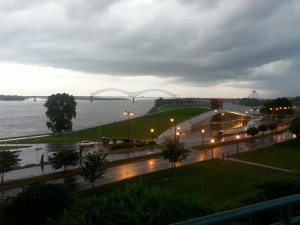THE CALM AFTER THE STORM
I awoke around 4 a.m. the morning after Morpheus with a throbbing headache and downed some aspirin and a quart of coconut water. A few hours later I stirred again feeling exponentially better, but still far from well. It was my first serious over-indulgence since last Mardi Gras, and though a pretty good stretch I still cursed at myself. It was Valentine’s Day and I was in New Orleans. I didn’t have time to nurse a hangover.
At the nearby Ruby Slipper we were warned of an hour wait at it neared 11:00. As noon approached, the hostess informed me there were still 22 parties ahead of us, so we wandered a few blocks to Canal for an overpriced but tasty and desperately needed lunch at Palace Café, a Brennan family restaurant.
Aimee was also feeling a bit drained after a full Friday, so with little vigor we perused the shops on Royal and Decatur before catching a bit of Iris (an all female krewe that handed me one of the best medallions of the season) and Tucks (an irreverent krewe throwing toilet paper, giant ‘Blow Me’ whistles, sunglasses with flaps, beer barrel beer koozies, and other silly novelties bearing their name). It was a lovely afternoon and I enjoyed reversing roles to spectator, but by late afternoon we retired to the hotel to nap and read in the tropical courtyard, venturing out only for a quiet Valentine’s dinner at Cochon Butcher and a handful of Endymion floats—the first Super Krewe of the weekend—before calling it an early night
FROM PERRY MASON TO PALMOLIVE & PANCAKES
Sunday morning I awoke reenergized, so we finally made our way Uptown to Slim Goodies. As I eagerly awaited my Creole Slammer (hash browns and eggs smothered in etouffee) and Aimee her pancakes (one pumpkin, one banana), I asked if Gideon was working. Soon a jolly, portly yet quietly dignified man appeared to exuberantly greet me.
A walking library who has read seemingly everything in print, Gideon is another book club friend, and his story is a fascinating one I would love to tell in detail someday. Basically, though, [Read more…]














